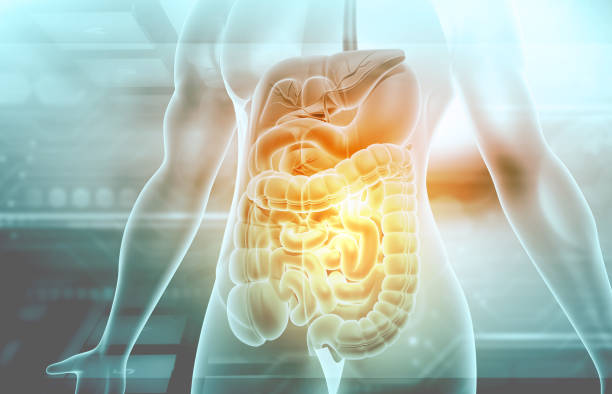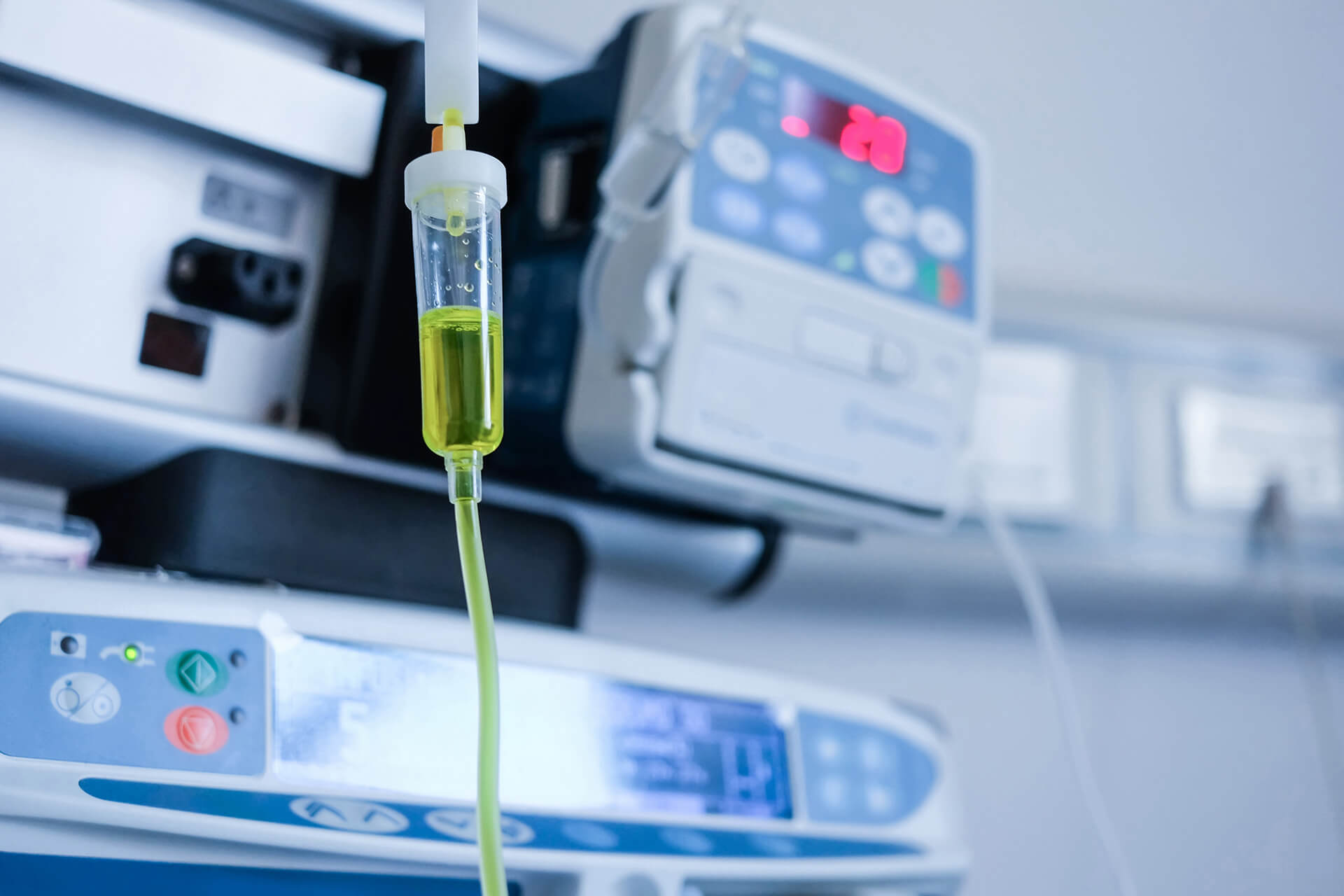Let’s begin the journey, click the button below to get started!

Gastrointestinal Profile, Stool, PCR
TEST: 183480 Test number copied CPT: 87507
Synonyms
Stool NAAT/Stool PCR
Test Includes
Detects common gastrointestinal pathogen targets:
- Adenovirus (40/41)
- Escherichia coli O157
- Enterotoxigenic Escherichia coli (ETEC) LT/ST
- Norovirus GI/GII
- Rotavirus A
- Shiga Toxin-producing Escherichia coli (STEC) stx1/stx2
- Sapovirus
Special Instructions
Introduce stool into orange Para-Pak® vial in small amounts such that level does not exceed fill-line on label. Cap securely and shake vial to distribute sample into the Cary-Blair preservative.
Specimen Requirements
Specimen Stool placed in a stool culture transport vial (Para-Pak® C&S orange)
Volume Add stool until level in Para-Pak® vial is at fill-line on vial label. Do not over fill.
Container Para-Pak® C&S Orange (Cary-Blair)
Collection
If possible, allow patient to urinate before collecting stool specimen so as to avoid contaminating the stool specimen with urine. Catch the stool specimen in a clean, empty wide-mouthed container or place plastic wrap over the opening of the toilet bowl to prevent the stool specimen from falling into the bowl. Do not mix urine or water with the stool specimen. For diaper collected specimens, line the diaper with plastic wrap. Do not submit the diaper. Place small amounts of the stool specimen into the orange-labeled Para-Pak® vial using the spoon affixed to the Para-Pak® vial cap, taking care not to let the volume in the vial exceed the RED fill-line indicated on the vial label. Cap the Para-Pak® vial and shake the vial 10 times to ensure complete distribution of the stool into the preservative. The stool specimen must be placed into the Para-Pak® vial within one hour of the stools production for optimum results. Label the Para-Pak® vial with the patient’s name, date of birth, date of collection and time of collection. Be sure the Para-Pak® vial cap is securely in place and that the vial is not leaking.
Storage Instructions
Refrigerate. Room temperature storage and transport up to four days is acceptable.
Causes for Rejection
Specimen not received in Cary-Blair preservative medium; specimen vial leaking; specimen >96 hours since collection; frozen specimen; rectal swab; specimen below fill line on container (underfilled); container overfilled above line on label
Test Details
Gastrointestinal disease can be caused by many agents, including bacteria, viruses and parasites. Culture for bacteria will not pick up the viruses or parasites. Tests for parasites will not detect the viruses or the bacteria. This GI profile is a multiplexed nucleic acid test intended for the simultaneous qualitative detection and identification of nucleic acids from multiple bacteria, viruses and parasites directly from stool samples in Cary-Blair transport media obtained from individuals with signs and/or symptoms of gastrointestinal infection.
Limitations
The performance of this test has not been established for patients without signs and symptoms of gastrointestinal illness. Virus, bacteria and parasite nucleic acid may persist in vivo independently of organism viability. Additionally, some organisms may be carried asymptomatically. Detection of organism targets does not imply that the corresponding organisms are infectious or are the causative agents for clinical symptoms. The detection of organism nucleic acid is dependent upon proper sample collection, handling, transportation, storage and preparation. Failure to observe proper procedures in any one of these steps can lead to incorrect results. There is a risk of false-positive and false-negative results caused by improperly collected, transported or and handled specimens.
Methodology
Polymerase chain reaction (PCR)
CPT Code(s)* 87507
Turnaround Time 2 – 3 days
© 2024 Celltechgen LLC, All Rights Reserved. CLIA ID: 45D2209248. COLA Accredited. ISO/IEC 17025:2017 Accreditation Pending.











